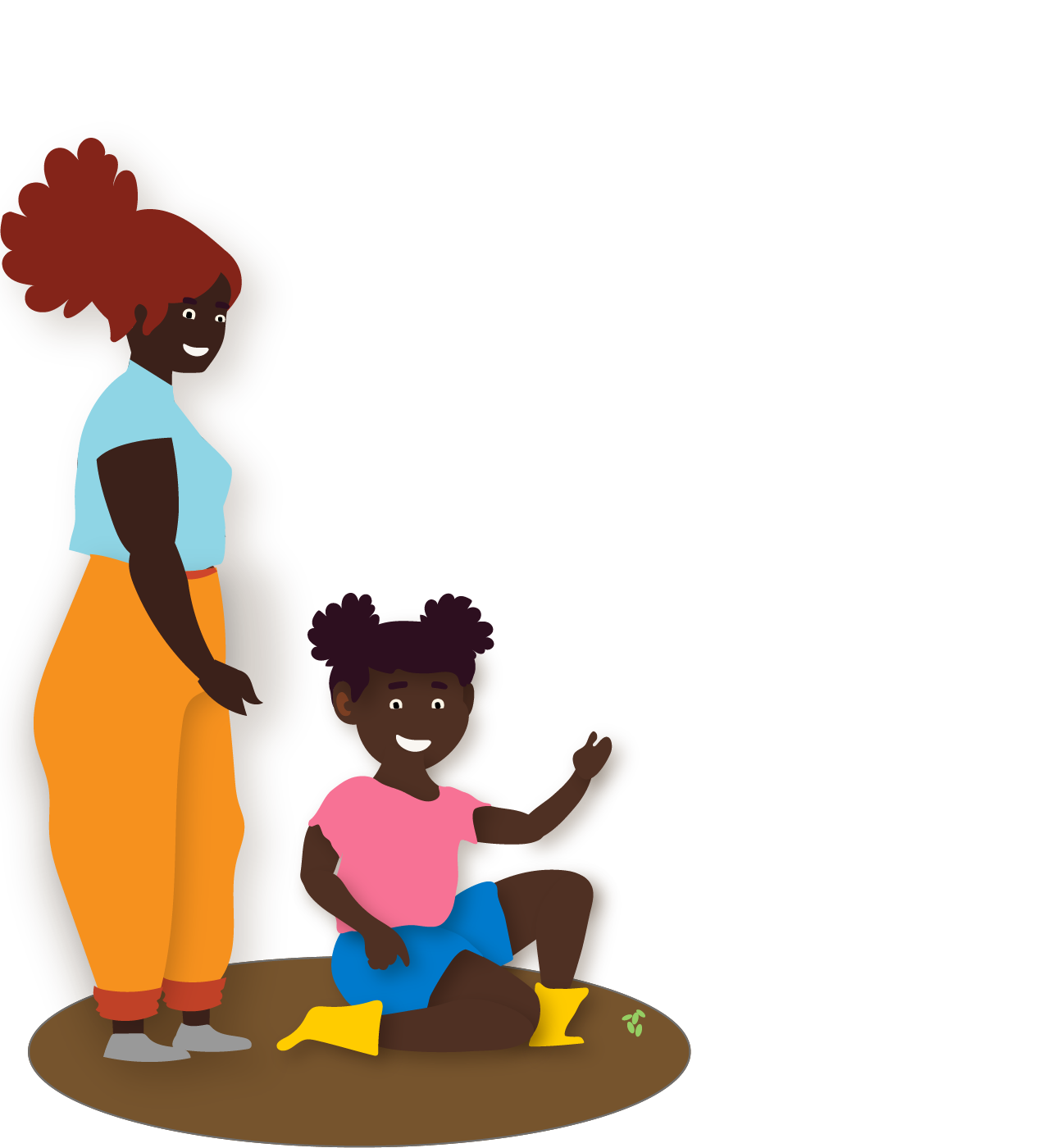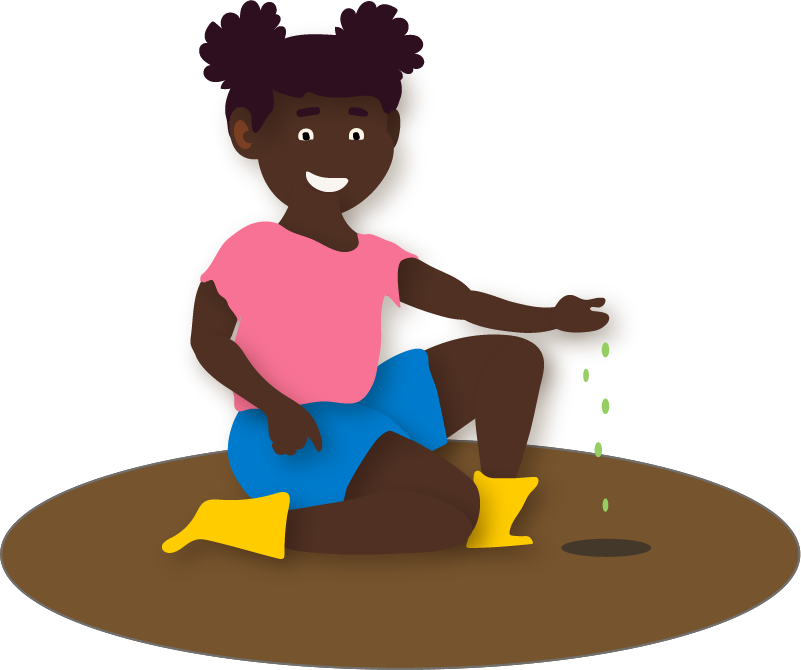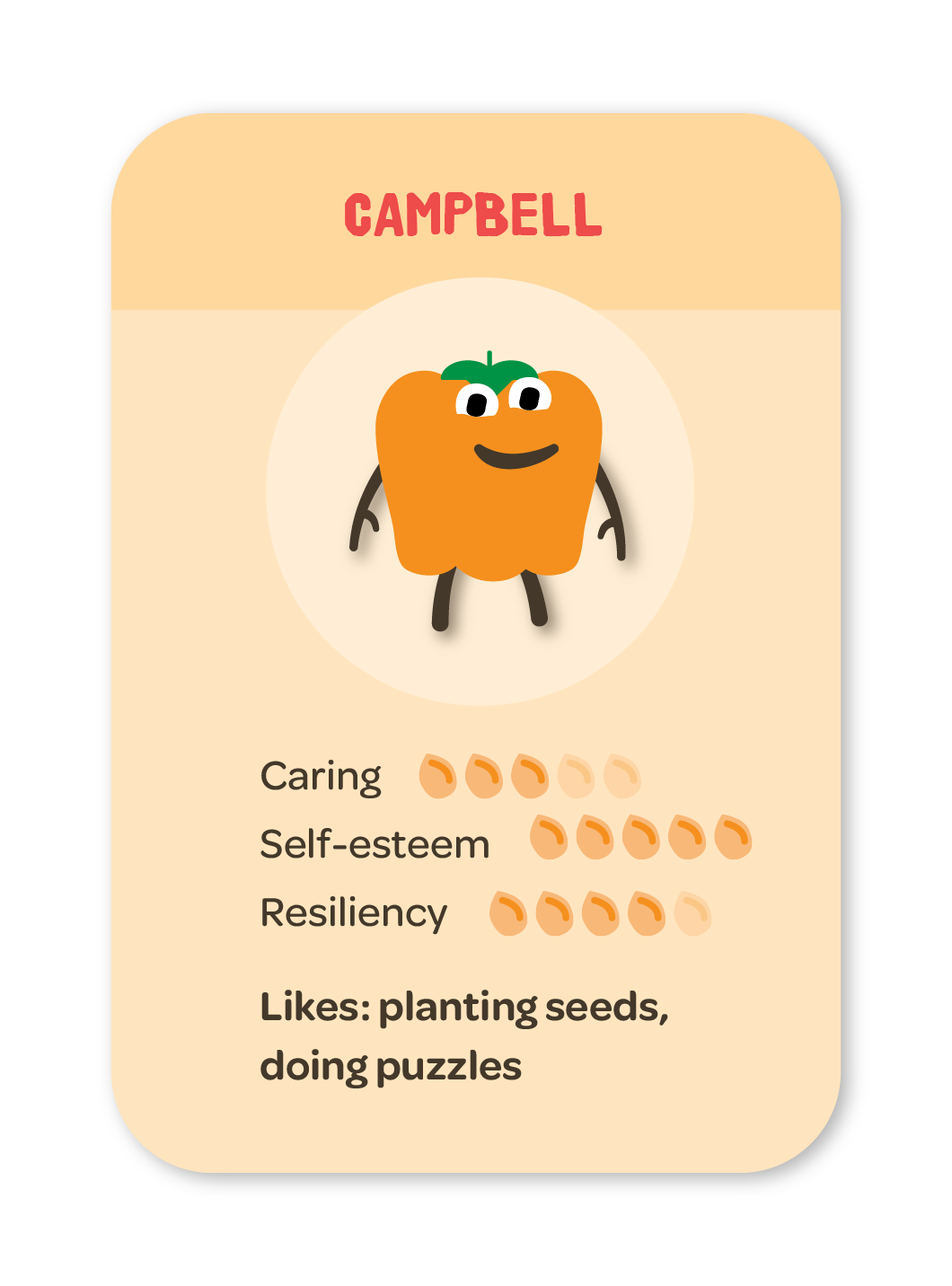Avoid Negatives
- In this section, you will learn
- What is focusing on negatives
- Why avoiding negatives is important
- What you can do instead to improve behaviors

avoiding negatives overview
What is Focusing on Negatives?
- Pointing out a child’s problematic behavior.
- Using the words “no,” “don’t,” “stop,” “quit,” or “not”.

WHY SHOULD I AVOID FOCUSING ON NEGATIVES?
Click below to read more:
WHAT DOES AVOIDING NEGATIVES SOUND LIKE?
Instead of “Stop running in the house,” try:
- "Please walk in the house."
Instead of “No, that’s not blue,” try:
- "I think this is green.”
Instead of “Don’t touch the toys when we go into the store,” try:
- "Keep your hands on the cart or in your pockets while we are in the store.”
Instead of “Thank you for not getting upset,” try:
- "Thank you for staying calm.”
Instead of “Quit yelling,” try:
- "When you speak quietly, I will help”

WHY SHOULD I SPEAK THIS WAY?
Click below to read more:
- Child could hop, cartwheel, or spin and still be following the direction.
- Think about tone of voice. When caregivers say “stop doing something” they often have a frustrated, annoyed, or deflated tone.
When you say “Please walk in the house”:
- Your child knows exactly what is expected.
- Your tone of voice is likely more neutral. This makes directions easier to follow.
When you say, “No, that’s not blue”:
- Being told “you’re wrong” tends to make people feel defensive. This can lead to talking back, arguing, or frustration.
- It is harder to learn the correct answer when you feel punished or put down.
- Was the child showing something they’re proud of (“Look at the blue butterfly I drew”)? If so, focusing on what they did wrong (saying the color is blue) undermines what they did right (drawing, seeking approval, sharing their work). This makes them less likely to share in the future.
When you say” I think this might be green”:
- Provides correct information so your child can learn.
- Uses an “I” statement to make your child less defensive.
- Children think about touching the toys.
- Shows that you assume they are going to do something wrong.
- Gives clear directions on what to do with their hands.
- Shows that you know they can behave well.
- Reminds the child they should be upset. This may make them upset.
- May make a child think you assumed they would get upset. They might also assume you think they are a bad child.
- When this happens a lot, it can harm self-esteem.
- Does not provide instruction on what to do in the future.
- Praises and reinforces the behavior you want to see again.
- Lets the child hear that they did something well.
- May improve self-esteem.

When can I use words like "No" or "Don't"?
- Safety: Caregivers and children should use these words if they are in danger or if someone else is in danger. Teaching a child when to say “stop!” and run can help them get away from abuse or bullying. Similarly, a caregiver can save a child’s life by saying “don’t touch that” as a child reaches toward an outlet.
-
When removing permission: “No” is a perfectly fine response to a child’s request. Children need their caregivers to set limits and say “no” when they ask to do something dangerous or unhealthy. For example, if a child asks to eat a whole cake for dinner, a great response is “no.” Follow up your no with a praise like “thank you for accepting no.”
It’s important for children to learn that they can say “no” too. For example, if someone asks a child for a hug, they can say “no.”

Caregiver Voices
Other caregivers share how they avoid negatives at home:
“He had such a high energy level that sometimes just saying, ‘STOP! Don’t do that’, you know the things that they don’t want you to say as much, weren’t working. So, to then describe, ‘I like how you’re walking so slowly’, you know, he was just like, ‘oh, let me walk really slow because that’s what she’s saying.’”
“Getting him to listen and be safe in public were the biggest difference and life-saving probably for him. That was the biggest change that we noticed. […] I think we used a lot more praise than before, you know, it was a lot of, ‘no, no, no.’ But what PC-CARE really focused on with my son and I, was doing those positive reinforcement, since there were some behaviors that we didn’t want him to keep doing, wanna give him positive reinforcement for when he displayed some behaviors that we did want.”
Change the statement to avoid negatives
Notice the negative words and behaviors in the following statements. See how they can be changed into a positive statement:
“Don’t chew with your mouth open.”

“Please chew with your mouth closed.”

“Great job staying calm when your tower fell.”
Child draws the letter “D” backwards:
“That’s not how you write a D.”



“Nice try writing the D, you almost got it. This time try putting the loop on the other side.”
“I write a D like this.”
“D’s are really difficult to learn. Try again like this.”
Ideas for fun avoid negatives activities
Treasure Hunt
2-5 minutes
Hide a small object. Your child can only move in response to your instructions, but you can only tell them what not to do (e.g., don’t go right, don’t look under the chair). Then hide it somewhere else and give them instructions while avoiding the negatives. Which was easier? Switch roles.
Reflection
Think about how you can avoid negatives at home:
Hooray!
Login/Enroll to take the quiz and earn your badge!




